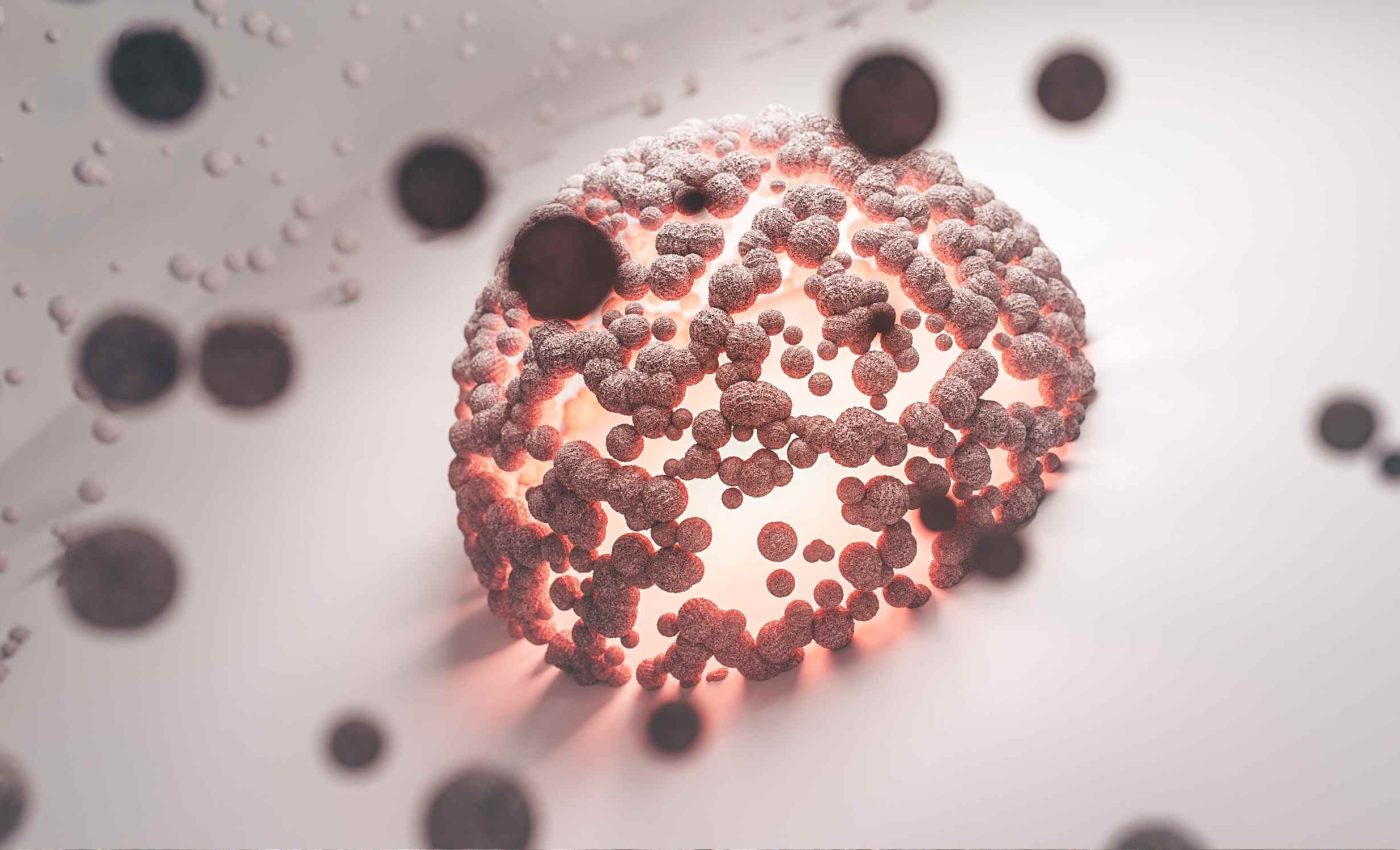
Scientists watch humans' most active 'parasite gene' cutting DNA
Scientists have finally documented a notorious DNA hitchhiker at work in human cells. The team shows how a protein called ORF2p slices DNA at small openings that form during DNA replication.
During this process, a cell makes an identical copy of its genetic material before dividing, then copies its own sequence into the break
This work clarifies why insertions cluster when cells are copying their genomes and how a short sequence motif guides the cut.
It also spells out how the resulting staggered cuts leave telltale short duplications on either side of the new insertion.
LINE-1 and ORF2p
The star here is LINE-1, a type of retrotransposon – a mobile genetic element that moves around the genome by copying itself through an RNA intermediate and a DNA-making enzyme. These mobile elements have written roughly one third of our genome over evolutionary time
About 17 percent of our DNA consists of LINE-1 sequence, and a small subset remains capable of jumping in modern humans. That activity can reshape genomes and sometimes disrupt genes.
ORF2p has two main jobs: one part cuts DNA, and the other part copies RNA back into DNA. The researchers found that ORF2p sticks to double-stranded DNA by electrical attraction rather than reading specific sequences.
It makes its cut when it finds a small fork-like opening or flap in the DNA a few bases away, following a short pattern of letters near the cutting site.
That structure dependence explains a long standing puzzle. LINE-1 insertions tend to happen while DNA is being copied, because replication creates those forks and flaps that ORF2p recognizes most efficiently.
Stepwise cut leaves a signature
The researchers tracked how ORF2p first nicks the bottom DNA strand at the motif, then reaches the opposite strand a short distance away.
Those two cuts are offset by about 8 to 12 nucleotides, producing the short target site duplications that flank new LINE-1 insertions.
They also found ORF2p holding a mix of RNA and DNA in the part of the enzyme that makes new DNA.
This setup lets it start copying its own genetic code right into the cell’s DNA, using the newly opened end of the strand as a starting point for the copy..
Activating ORF2p
When DNA is copied, it briefly forms single strands in certain spots. Those openings are the exact shapes that make ORF2p most active, which helps explain why LINE-1 moves around most during the part of the cell cycle when DNA is being copied.
The flexible tether that links ORF2p’s nuclease to its DNA binding surface gives the enzyme a reach advantage. It can nick one strand, then swing to the other without losing its grip on the binding site.
Other structural snapshots agree that ORF2p can nick the second DNA strand during the copying step, reshaping how researchers order the events of insertion.
An interview from the research team described the mechanism as more intricate than scientists had expected.
They noted that the enzyme’s structure revealed a surprisingly complex way of cutting and copying DNA, showing a level of precision that had not been seen before in this kind of genetic activity.
What else the new work adds
The researchers isolated human ORF2p attached to bits of genetic material and captured detailed images of how it connected to both double-stranded DNA and a mix of RNA and DNA.
When they analyzed the attached DNA pieces, they found many came from repetitive regions of the genome, suggesting that ORF2p tends to stick to common, repeat-filled parts of chromosomes.
They also found that ORF2p can reverse transcribe a broad set of cellular RNAs in vitro. That observation helps explain why LINE-1 sometimes ferries other RNAs, including noncoding elements, into the genome.
ORF2p, LINE-1, and human health
LINE-1 activity can break genes, seed rearrangements, and spur mutations that matter in cancer and other conditions.
Those risks scale with how and when ORF2p cuts and copies during cell division, a pattern grounded in decades of work.
Better maps of ORF2p contacts and preferences make it easier to predict where insertions might occur in rapidly dividing tissues.
That could guide surveillance in tumors or help interpret puzzling mutations that turn up in clinical genomes.
The new structure focused on ORF2p in action, but earlier work had already solved the ORF2p core and mapped how its reverse transcriptase grips template RNA, offering a framework for inhibitor design.
Together, these findings point to possible ways to slow LINE-1 movement, such as stopping the enzyme from cutting forked DNA or preventing it from starting to copy at the beginning of an RNA strand rich in adenine bases.
Therapeutic ideas are still early. The clearer the mechanism becomes, the more specific and safer those strategies can be.
The study is published in Science.
—–
Like what you read? Subscribe to our newsletter for engaging articles, exclusive content, and the latest updates.
Check us out on EarthSnap, a free app brought to you by Eric Ralls and Earth.com.
—–













